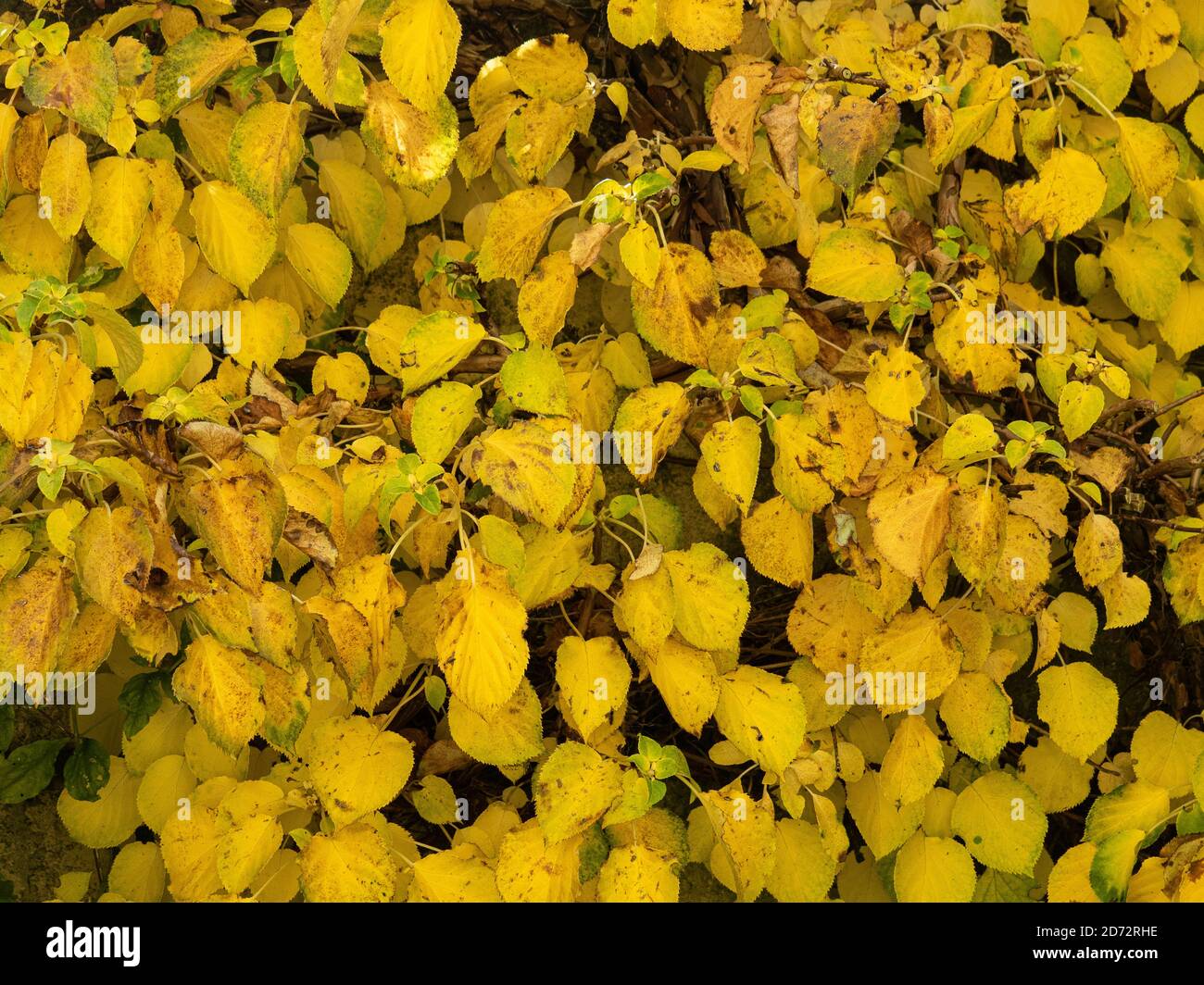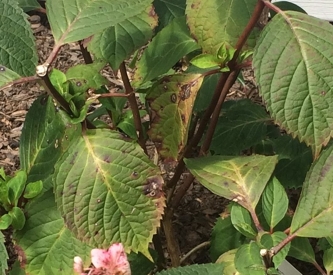Facts About Hydrangea Leaves Turning Yellow Uncovered
Table of ContentsThe Ultimate Guide To Hydrangea Leaves Turning YellowThe Ultimate Guide To Hydrangea Leaves Turning YellowThe 8-Minute Rule for Hydrangea Leaves Turning YellowRumored Buzz on Hydrangea Leaves Turning YellowA Biased View of Hydrangea Leaves Turning Yellow
Huge leaves frequently look saggy throughout the afternoon warm. When they stop working to perk up in the night or still look wilted in the early morning, your plant might be overwatered.Get rid of the plant from the soil and prune out any kind of origins that aren't white and turgid (plump). Do not try to deal with the issue by sprinkling exceedingly.
Photosynthesis, as all of us recognize, is vital for plant survival, so chlorosis needs to be treated promptly. While chlorosis can be triggered by other nutrient shortages, it is most frequently an iron shortage. In the following area you will certainly learn just how to recognise whether your plant has an iron shortage or another thing.
Initially appears on the older leaves, yet the leaf blood vessels continue to be green. While there is typically enough iron in all-natural dirt, hydrangeas usually have a hard time to take in enough of it.
Hydrangea Leaves Turning Yellow Fundamentals Explained
The very best means to stop iron deficiency-chlorosis in hydrangeas is to grow them in suitable ericaceous or acidic dirt. When planting in a bed, mix in some peat or reduced-peat ericaceous compost and check the p, H value yearly. This is required due to the fact that the compost blend around the plants will affect the p, H value of the dirt in the future and the p, H worth may increase once again.
It is just used on an industrial scale, where an extended iron deficiency would imply significant yield losses. The special fertilizers for this are typically costly and need to be applied in very precise doses to stay clear of damage to the leaves. Foliar fertilisation is just effective for a short period and should be used regularly or supplemented by normal iron fertilisation.
September is the best time of year to do something concerning those hydrangeas. Their fallen leaves are transforming yellow, the blossoms have actually discolored, and their gangly appearance is making you crazy.
Currently to face the staying bush, not a rather sight as winter season techniques. Mophead, Lacecap and Oakleaf hydrangeas bloom on old timber. What that means is they will certainly grow following year on timber that was formed this year. Do not prune Mophead, Lacecaps and Oakleaf hydrangeas to the ground, as you will get rid of the stems that are prepared to bloom next springtime.
All About Hydrangea Leaves Turning Yellow
By doing this you won't be removing a lot of of next year's flower buds. Prune out as much dead wood as you can discover. You can reduce nonessential down to the ground. If the shrub is getting bigger than you like, you can obtain a 3rd of the real-time wood while you're in there.
We're right in the center of our late-blooming hydrangea period below, so I assumed I would certainly share an idea for this certain type of hydrangea that I discovered actually fascinating. A great deal of people have a similar issue with their panicle hydrangeas where they begin to see the leaves transforming yellow and dropping off at various components of the season and it can be pretty significant and pretty concerning due to the fact that it can occur truly rapidly on a shrub that seems like it's otherwise actually healthy.

Where we stay useful content in area 6, they're rather simple to have success with and they're really preferred in our area, which is terrific because that suggests that there are hydrangeas almost everywhere right now of year. When you see your hydrangea leaves beginning to turn yellow, you might believe that your plant is dying or being abused in some way, but actually, the opposite holds true.
Getting My Hydrangea Leaves Turning Yellow To Work
If you actually intend to make the most of blossoms, a (the middle number) will really assist enhance the number and size of your blossoms. You ought to see the number of newly-yellowed leaves decrease rather promptly as quickly as you offer your hydrangea the food it needs. Hydrangea Leaves Turning Yellow. The great information is that if you do definitely nothing, the plant will still be fine, it will simply have a few less fallen leaves
Courtenay is the author of guide The Cleaning Ninja and has actually been included in numerous publications including Nation Sampler Farmhouse Style, Better Homes and Gardens, Parents Publication, Real Simple, and Our Houses.
Water logged soil denies the origins of oxygen, bring about root rot and yellow fallen leaves. On the other hand, underwatering or dehydration creates the plant to wilt and its foliage to yellow. Maintaining a constant watering routine and ensuring appropriate water drainage through water drainage holes or layers can aid protect against these problems.
Regularly check the soil level of acidity, and change as required to preserve the optimal p, H level for hydrangeas. With correct care and maintenance, hydrangeas can flourish image source and keep their vivid, vivid fallen leaves. Hydrangea leaves transforming yellow is a common issue that can be connected to various elements. Among the main factors is inappropriate watering, as hydrangeas call for continually wet dirt to grow.
The 5-Second Trick For Hydrangea Leaves Turning Yellow
